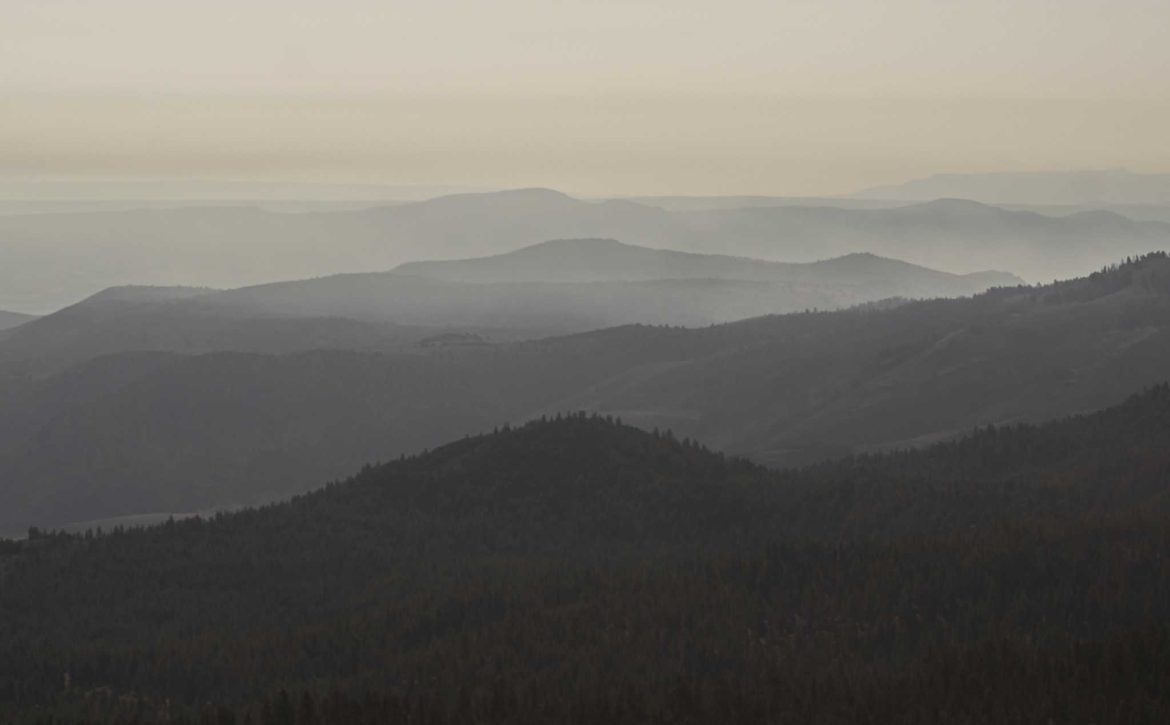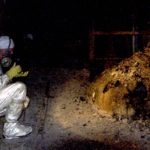
EXPLAINER: As wildfire smoke spreads, who’s at risk?
BILLINGS, Mont. (AP) — Smoke from wildfires in the western U.S. and Canada is blanketing much of the continent, including thousands of miles away on the East Coast. And experts say the phenomenon is becoming more common as human-caused global warming stokes bigger and more intense blazes.
Pollution from smoke reached unhealthy levels this week in communities from Washington state to Washington D.C.
Get used to it, researchers say.
“These fires are going to be burning all summer,” said University of Washington wildfire smoke expert Dan Jaffe. “In terms of bad air quality, everywhere in the country is to going to be worse than average this year.”
Growing scientific research points to potential long-term health damage from breathing in microscopic particles of smoke. Authorities have scrambled to better protect people from the harmful effects but face challenges in communicating risk to vulnerable communities and people who live very far away from burning forests.
WHY SO MUCH SMOKE AND HOW DANGEROUS IS IT?
Decades of aggressive fire fighting allowed dead trees and other fuels to build up in forests. Now climate change is drying the landscape, making it easier for fires to ignite and spread even as more people move into fire-prone areas.
The number of unhealthy air quality days recorded in 2021 by pollution monitors nationwide is more than double the number to date in each of the last two years, according to figures provided to the Associated Press by the Environmental Protection Agency. Wildfires likely are driving much of the increase, officials said.
The amount of smoke wildfires spew stems directly from how much land burns — more than 4,100 square miles (10,600 square kilometers) in the U.S. and 4,800 square miles (12,500 square kilometers) in Canada so far in 2021….
Read More


